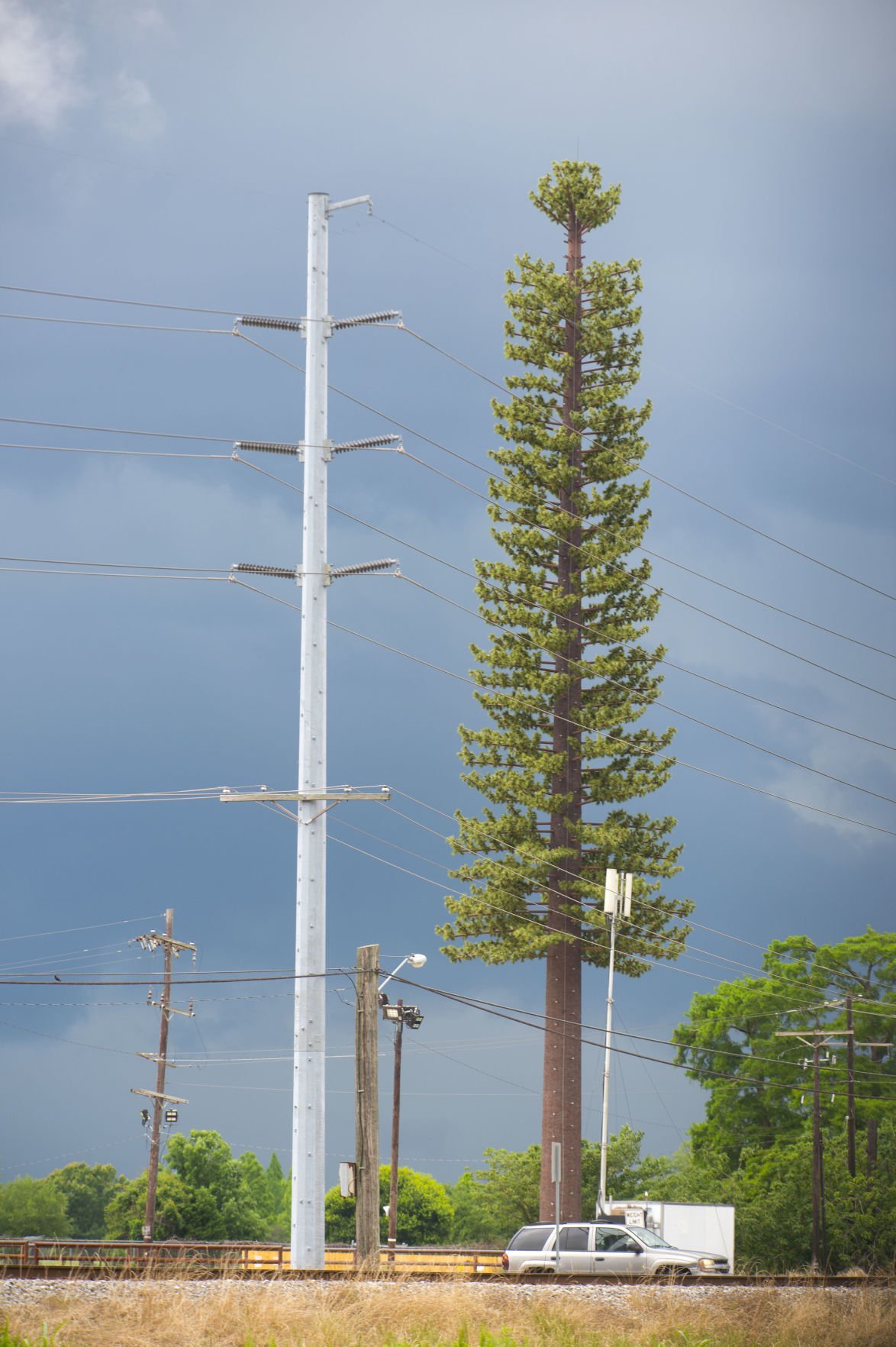If you've ever wandered through a city and spotted tiny mini 5G cell towers placed on poles for street lighting. They look like small boxes however they're actually sending wireless signals from mobile providers to your phone.
The smaller ones are being replaced by the larger built cell towers. While they're not as noticeable however, they could cause problems for people.
The FCC's Radiation Exposure Thresholds
The FCC's Radiation Exposure Thresholds determine the maximum amount of time an individual can be exposed to electromagnetic energy generated by wireless devices. The limits for exposure are based upon scientific research that show that RF energy can cause harm to health.

The rate of absorption called the specific absorption rate (SAR) is a measure of the radiofrequency energy absorbed by tissue. It's typically 1.6 milliwatts per kilogram calculated over one Gram of tissue.
Since 5g is able to transmit at higher frequencies and has the potential to increase the intensity of energy on the skin and other exposed body areas. This could lead to various potential problems, including an increased development of skin diseases such as dermatitis, skin cancer and cataracts.
Because of the potentially severe effects of 5g radiation, PSU has chosen to set a general localized maximum power density of four MW/cm2 averaged across 1 centimeter, but not to exceed 30 minutes for all 5G services running at 3000 GHz. This limit for localization is in line with the highest SAR spatial-average of 1.6 W/kg, which is averaged over 1 5 grams of body tissue, at 6 GHz.
what is a safe distance from a 5g cell tower
In the event that you've used mobile phone, you probably know that a safe range from the tower is at least 400 meters. what is a safe distance from a 5g cell tower is due to the power of the transmission of cell towers increases drastically the farther the tower is.
While this sounds like a good idea however, those living close to towers might be more susceptible to health problems. For instance, a 2014 study in India discovered that people living within 50 meters of cell towers had much more health problems than those who were distance from them.
This study showed that residents who moved to areas further away from cell towers experienced their symptoms return to normal within a few days. Other studies have shown that exposure to high frequencies of radiofrequency electromagnetic fields (EMFs) can cause cancer, brain tumors, and other health problems.
This is due to the fact that the RF radiation used in wireless communication, can penetrate the human body's exterior layer, called the skin. This is vital to be aware of since the skin functions as a barrier to protect against injury to the body, infection by pathogenic microorganisms, and entry of toxic substances. The skin is the biggest organ of the human body and is accountable for keeping the integrity of other organs.
The FCC's Minimum Exposure Thresholds
The FCC's Minimum Exposition Thresholds are based upon various assumptions that aren't supported by evidence from science. This includes the false belief that short-term exposures RF radiation is safe due to the limited penetration into the body (i.e. the heating of tissues).
what is a safe distance from a 5g cell tower overlooks the more extensive penetration of ELF elements of modulated radio signals and the consequences of short bursts of heat generated by RF waves that are pulsed. These theories are not compatible with the current understanding of biological effects of RF radiation, and thus, they should not be relied upon for health-protection exposure standards.
In addition there is the fact that both ICNIRP and FCC restrict its maximum levels of radiation exposure for local peak SARs, based on the maximum speed of spatial absorption (psSAR) which is an inadequate dosimetric tool to assess the amount of exposure to radiofrequency radiation. Particularly it is inconclusive when frequencies exceed 6 GHz. Additionally, psSAR hasn't been tested for RF radiation with co-exposure to other environmental agents , such as sunlight. Interactions of RF radiations with different environmental agents may result in antagonistic or synergistic results. This could result in the risk of having adverse health adverse effects. For instance, exposure to RF radiation along with exposure to sunlight can increase the risk of developing skin cancer, as well as aggravate other skin conditions like acne.
